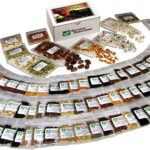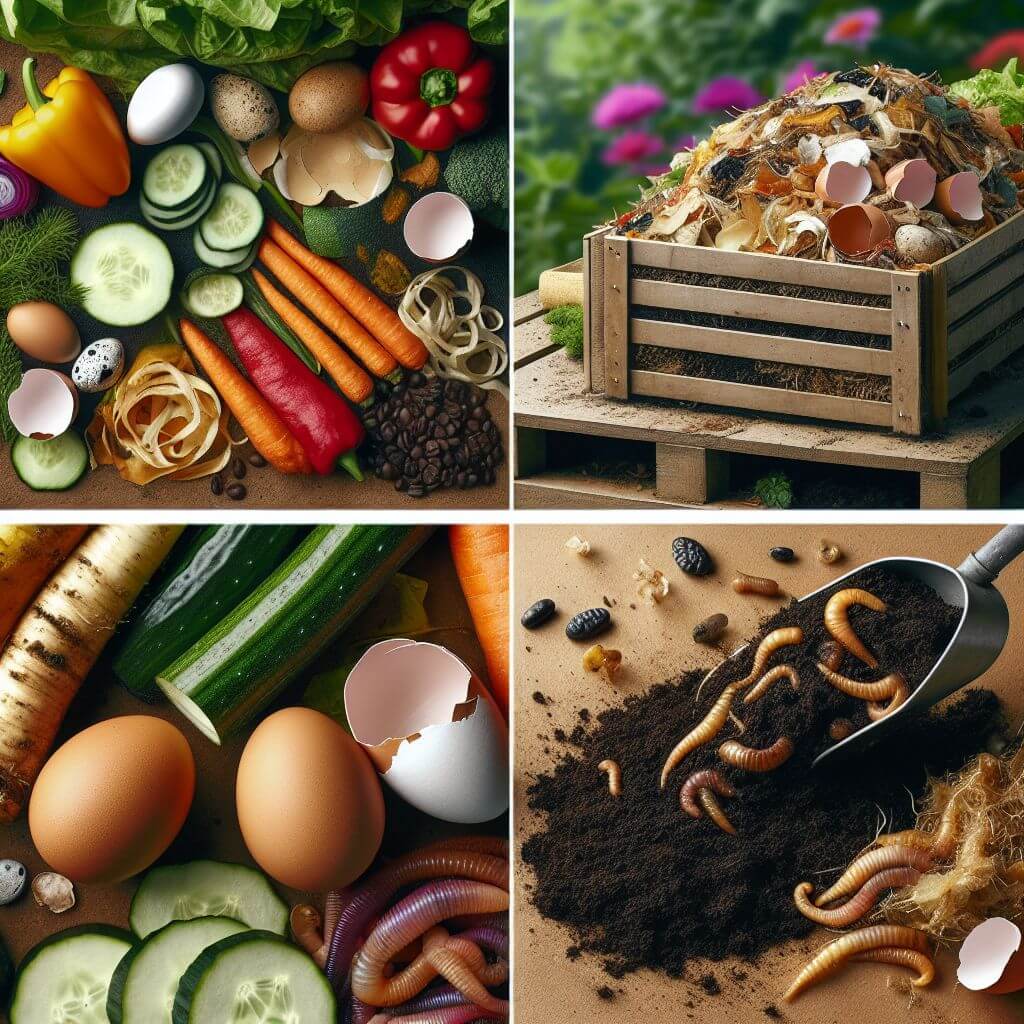
Key Takeaways
- Composting is a simple process that turns kitchen and garden waste into a nutrient-rich fertilizer.
- Compost tea is a liquid fertilizer made from steeped compost and is beneficial for plant health.
- Homemade liquid fertilizers can be made from kitchen scraps like banana peels and coffee grounds.
- Specific DIY recipes can enhance particular nutrients like potassium in banana peel fertilizer or calcium in eggshell fertilizer.
- Testing soil before applying fertilizers ensures that you provide the right nutrients for your plants.
Unlock the Secrets of Survival Garden Fertilizers
Gardening is not just about planting seeds and waiting for them to grow. It’s about nurturing your plants and ensuring they have all the nutrients they need to thrive. And what’s better than using what you already have at home to feed your garden? Let’s dive into the world of homemade garden fertilizers and see how you can boost your plants’ growth naturally and sustainably.
Natural versus Chemical Fertilizers
Why choose natural over chemical fertilizers? Natural fertilizers release nutrients slowly, making them available for plants over a longer period, and they improve the soil structure. Chemical fertilizers, while quick-acting, can lead to nutrient run-off, harming the environment. They also do nothing for the soil’s long-term health.
Essential Nutrients for Plant Vitality
Plants need a variety of nutrients to grow healthy and strong. The main ones are nitrogen (N), phosphorus (P), and potassium (K), often referred to as N-P-K. Nitrogen helps with leaf growth, phosphorus is crucial for root development, and potassium aids in flower and fruit formation. But plants also need other minerals like calcium, magnesium, and sulfur, which can all be provided through homemade fertilizers.
Create Your Nutrient-Rich Compost
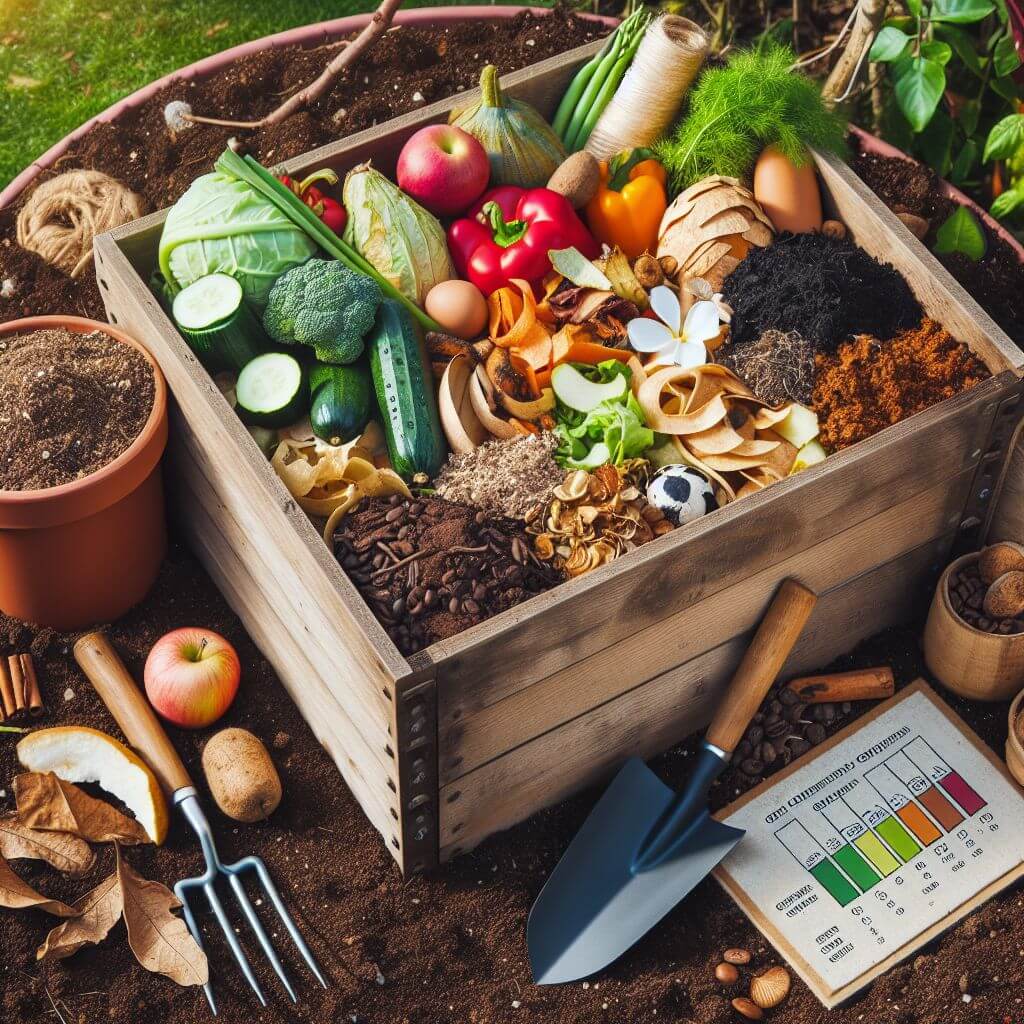
Composting is the cornerstone of an eco-friendly garden. It reduces waste and provides your plants with a rich source of nutrients. And it’s not complicated to get started.
Composting Basics: At its core, composting is about balancing ‘greens’—nitrogen-rich materials like vegetable scraps and grass clippings—with ‘browns’—carbon-rich materials like leaves and shredded paper. A good mix of greens and browns, moisture, and aeration will turn your waste into garden gold.
What Can and Can’t Be Composted:
- Yes to fruit and vegetable scraps, eggshells, coffee grounds, and grass clippings.
- No to meats, dairy, oils, and pet wastes as they can attract pests and cause odor problems.
Building Your Compost Pile: Step-by-Step:
- Find a spot in your yard that’s convenient but out of the way.
- Start with a layer of browns, then add a layer of greens.
- Keep the pile moist, like a wrung-out sponge, and turn it every week to aerate it.
- In a few months, you’ll have compost ready to enrich your garden.
Brew a Batch of Compost Tea
Once you have compost, you can make compost tea, a liquid gold for your plants.
The Benefits of Compost Tea for Plants
Compost tea is like a vitamin shot for your plants. It provides a quick nutrient boost, helps suppress diseases, and improves soil structure. And the best part? It’s easy to make.
How to Make Compost Tea
Here’s a simple recipe for compost tea:
- Fill a bucket one-third full with compost.
- Top it up with water and stir.
- Let it steep for a few days, stirring occasionally.
- Strain the mixture and use it to water your plants.
Remember, the strength of your tea depends on the compost you use, so make sure your compost is well-aged and balanced.
Whip Up a Homemade Liquid Fertilizer
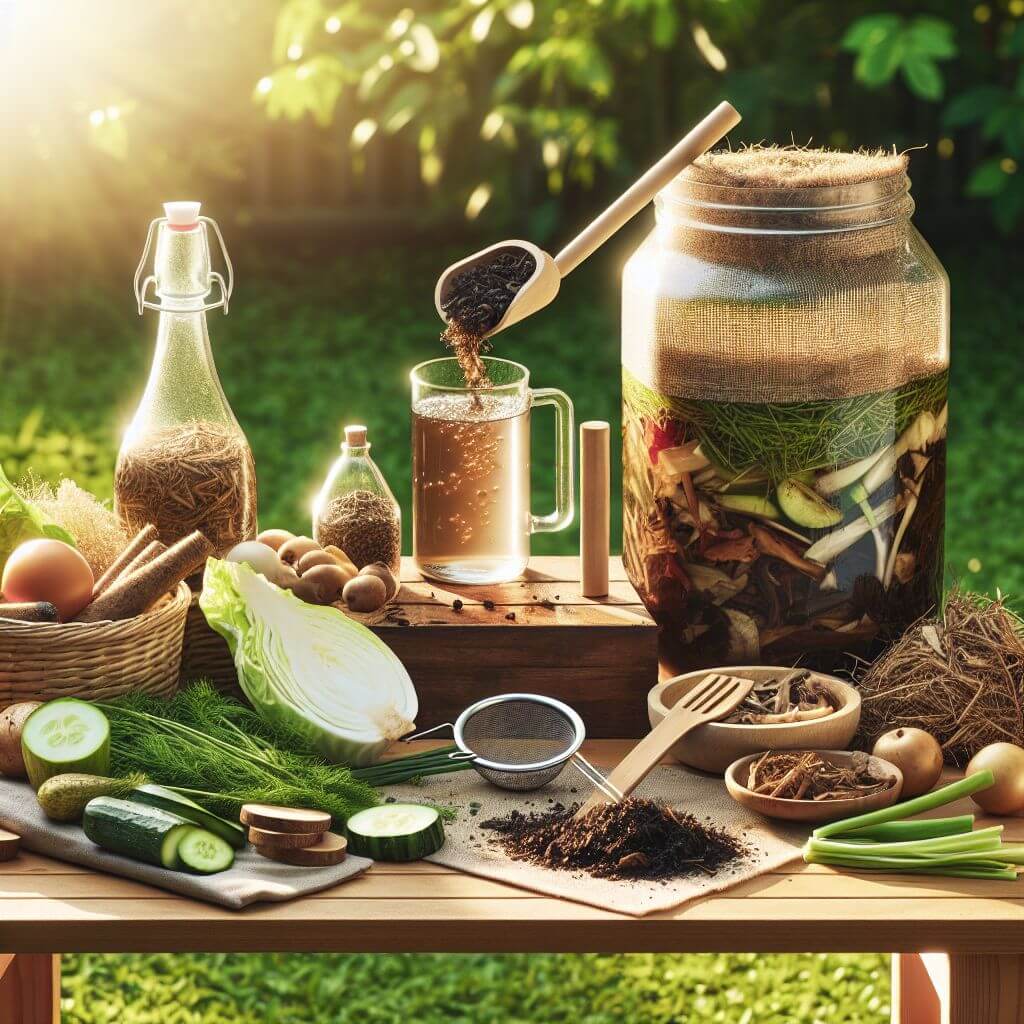
Liquid fertilizers are a convenient way to deliver nutrients to your plants quickly. They’re especially useful during the peak growing season when plants are hungry for rapid growth. And guess what? You can make them at home using ingredients you might otherwise toss out!
Using Kitchen Scraps
Your kitchen is a treasure trove of potential plant nutrients. Almost everything that goes into your compost bin can also be used to make a rich liquid fertilizer. Here’s how:
- Save your vegetable cooking water – it’s full of nutrients and perfect for watering plants.
- Blend banana peels, eggshells, and coffee grounds with water to make a quick nutrient mix.
- Soak weed leaves in water for a few weeks and use the water as a potent fertilizer, but make sure the weeds haven’t gone to seed!
By using these simple ingredients, you’re not only feeding your plants but also reducing waste, closing the loop on your household’s nutrient cycle.
Seaweed Fertilizer: A Guide
Seaweed is packed with trace elements and minerals that can give your plants a real boost. If you live near the coast, you’re in luck. Gather some fresh seaweed, rinse off the salt, and let’s get brewing:
- Chop the seaweed and let it decompose in a bucket of water for a few weeks.
- Strain the liquid and dilute it with water until it looks like weak tea.
- Use it to water your plants every couple of weeks for a nutrient kick.
This natural elixir promotes stronger, more resilient plants and is especially good for stimulating root development.
Specialty DIY Fertilizer Recipes
Some plants need a little extra of one nutrient or another. For instance, tomatoes love calcium, and roses adore potassium. Here are a couple of recipes to target those specific needs:
Banana Peel Fertilizer for Potassium Boost
Did you know banana peels are high in potassium? Potassium helps with plant cell function and the regulation of water and nutrients. Here’s a simple way to use them:
- Chop up banana peels and bury them in the soil near the roots of your plants.
- Alternatively, soak peels in water for a few days and use the water for plants that need a potassium boost.
This method is particularly useful for flowering plants and can help improve the size and quality of fruits and blooms.
Eggshell Fertilizer for Calcium Enrichment
Calcium is crucial for plant growth – it helps build strong cell walls. Eggshells are an excellent source of calcium. Here’s what to do:
- Wash and dry your eggshells, then grind them into a fine powder.
- Sprinkle the powder around your plants or mix it into the soil when planting.
This simple step can prevent blossom end rot in tomatoes and peppers and promotes overall plant vigor.
Coffee Grounds for Nitrogen Fixing
Coffee grounds are rich in nitrogen, an essential component for leaf growth. Here’s how to use them in your garden:
- Simply mix coffee grounds into the soil around your plants.
- Or, add them to your compost pile to boost its nitrogen content.
Not only will your plants appreciate the nitrogen, the grounds can also help improve soil structure and attract earthworms.
Testing Soil and Applying Fertilizers
Before you start applying any fertilizer, it’s important to know what your soil already has and what it’s lacking. Testing your soil can save you time and money, and most importantly, it can prevent you from over-fertilizing, which can harm your plants and the environment.
When and How to Test Your Garden Soil
Soil tests are simple and can often be done with kits you buy at a garden center. Aim to test your soil:
- Before planting a new garden.
- Every 3-5 years for established gardens.
- When plants are not growing well or show signs of nutrient deficiency.
The results will tell you the pH level of your soil and its levels of N-P-K and other important minerals. With this information, you can customize your fertilizing plan to exactly what your garden needs.
The Right Way to Apply Your Homemade Fertilizers
Applying fertilizers correctly is just as important as what you put in them. Here are some tips:
- Always water your plants after applying solid fertilizers to help them dissolve and start working.
- For liquid fertilizers, apply them at the base of the plant to avoid getting it on the leaves which could cause burns.
- Don’t overdo it. More is not always better when it comes to fertilizers.
Remember, the goal is to feed your plants just enough to be healthy, not to force them into growth that they can’t sustain.
Timing and Frequency of Fertilization
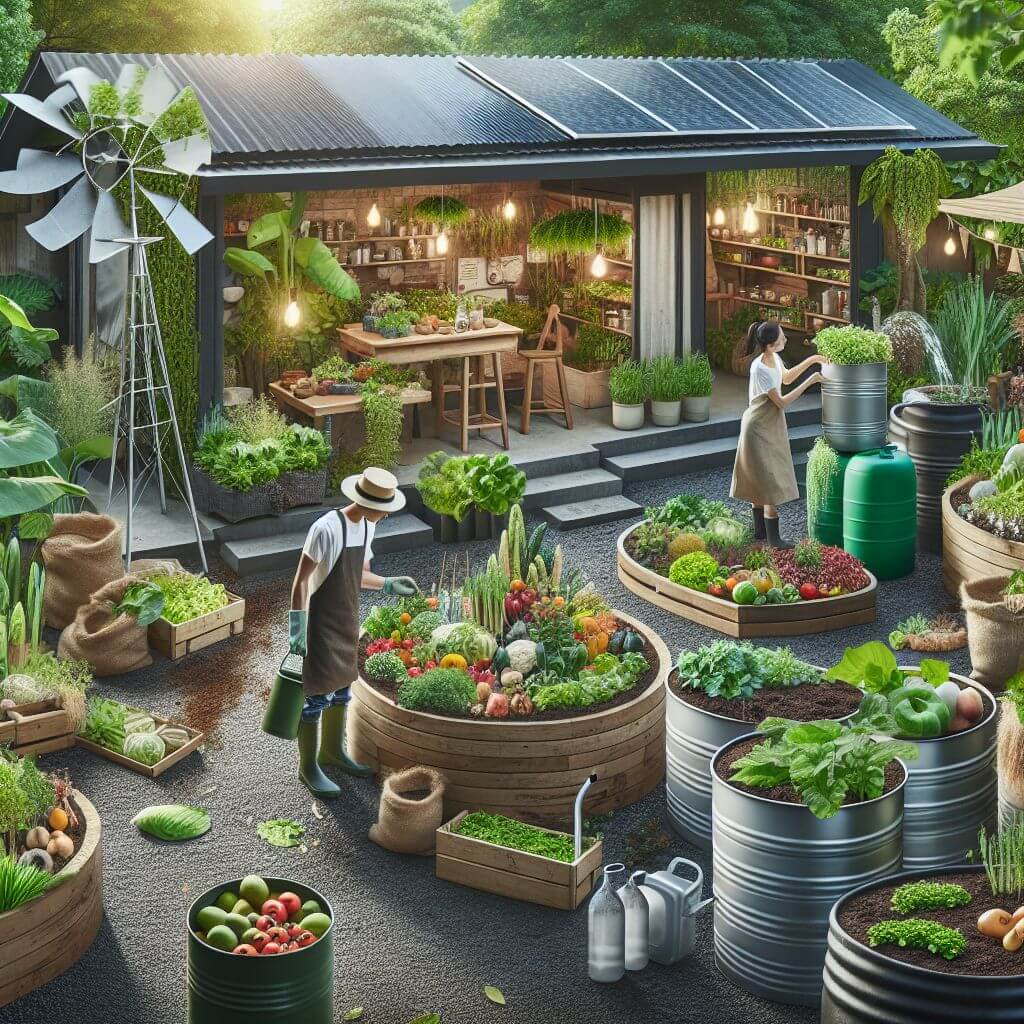
Knowing when and how often to fertilize is key. Plants have different nutrient needs throughout their life cycle, and it’s important to match your fertilizing schedule to those needs.
For example:
- Leafy greens and fast-growing vegetables might need a boost every few weeks.
- Perennials and trees may only need an annual application.
- Always read up on the specific needs of the plants in your garden.
Most importantly, always observe your plants. They’ll tell you if they’re hungry for more nutrients or if they’re getting just what they need.
Signs Your Plants Need a Nutrient Boost
Plants often show us when they’re in need of a little extra TLC. Yellowing leaves can indicate a nitrogen deficiency, while stunted growth might mean a lack of phosphorus. Potassium deficiencies often show up as brown edges on leaves. Pay attention to these signs and respond with the appropriate homemade fertilizer to get them back on track.
Adapting Recipes for Potted Plants and Raised Beds
Not all gardens are created equal, and sometimes you need to tweak your approach. Potted plants and raised beds have different requirements than in-ground gardens due to their contained environments. Let’s talk about how you can adapt your homemade fertilizers for these situations.
For potted plants, the key is to prevent nutrient build-up. This means using more diluted fertilizers and applying them more frequently. For raised beds, you might need to add more compost to ensure the soil stays rich, as it can deplete quicker than in-ground soil.
Container Garden Considerations
Container gardens dry out faster and nutrients can leach with frequent watering. To combat this, use a slow-release compost blend or dilute your liquid fertilizers more than you would for in-ground plants. Be sure to add a layer of mulch to help retain moisture.
Adjustments for Raised Bed Gardening
Raised beds warm up faster in the spring, which can kickstart your growing season. However, they can also lose nutrients quickly. Add a thicker layer of compost to your raised beds in the spring and consider a mid-season top-up, especially if you’re growing heavy feeders like tomatoes or squash.
Frequently Asked Questions (FAQ)
Can I Make Organic Fertilizers at Home?
Absolutely! Homemade fertilizers can be just as effective as store-bought ones, and they’re often more sustainable. Use kitchen scraps, yard waste, and other organic materials to create compost, compost tea, and other liquid fertilizers right at home.
How Often Should I Apply My DIY Fertilizer?
It depends on what you’re growing and the type of fertilizer you’re using. Generally, a monthly application is a good starting point, but be sure to observe your plants and adjust as needed. Some fast-growing plants may benefit from more frequent feedings, while others may need less.
Are There Plants That Don’t Respond Well to Homemade Fertilizers?
Most plants will respond well to homemade fertilizers if they’re applied correctly. However, some plants prefer specific pH levels or nutrient balances. Do a little research on your plants’ preferences and test your soil to ensure you’re providing the right conditions.
Can I Store Homemade Fertilizers for Later Use?
Yes, you can store some homemade fertilizers, like compost and dried eggshell powder. Liquid fertilizers, however, are best used fresh but can be stored for a short period in a sealed container. Just remember to label and date them, so you know what you have on hand.
What Is the Shelf Life of Liquid Homemade Fertilizers?
Liquid fertilizers made from organic materials can break down over time, so they’re best used within a week or two. If you notice any foul odors or mold, it’s time to discard the fertilizer and make a fresh batch.
In conclusion, the art of crafting your own garden fertilizers not only nurtures your plants but also fosters a deeper connection with your garden. By harnessing the resources at your disposal and tailoring solutions to your garden’s unique needs, you embark on a journey of sustainability and self-sufficiency.
Let your garden thrive with the care and attention it deserves. Explore the bountiful offerings at Survival Essentials, where you’ll find quality seeds and invaluable insights to elevate your gardening experience.
Happy gardening and may your green oasis flourish with vitality!





